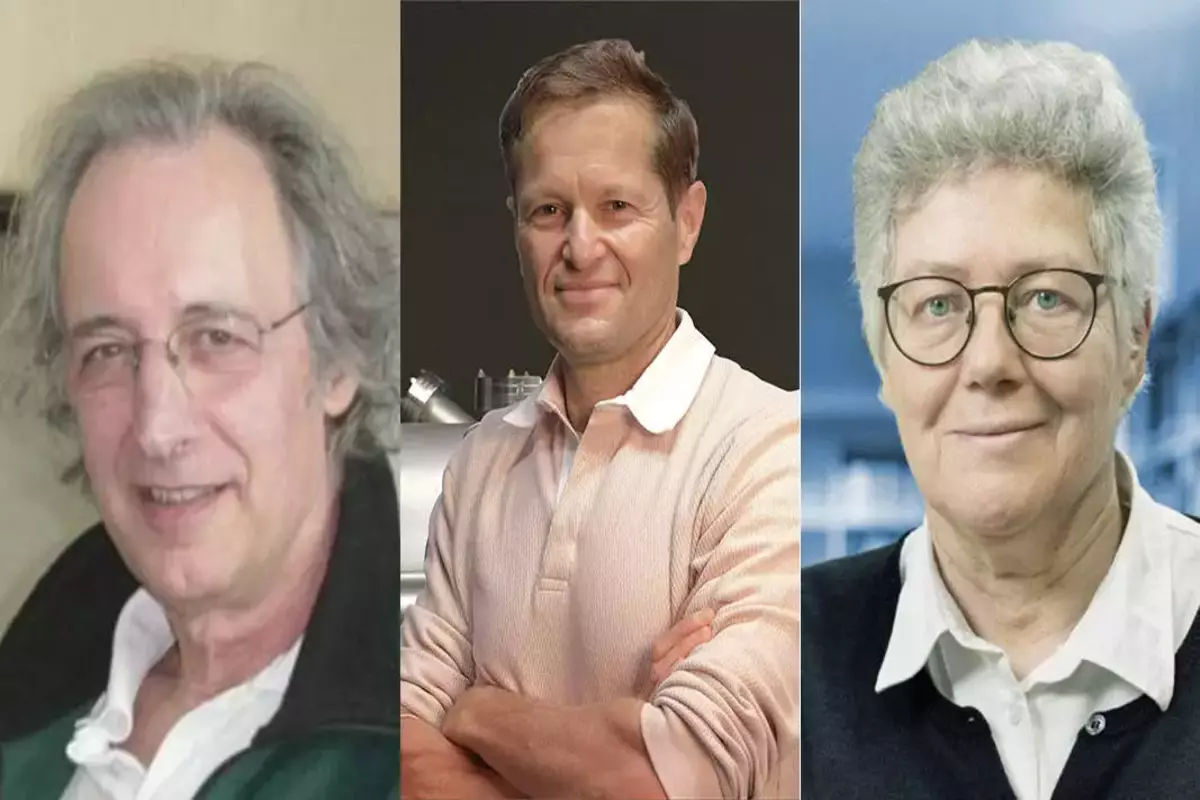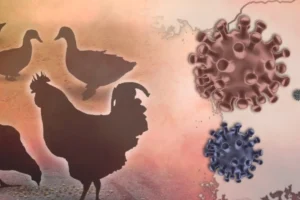
Pierre Agostini, Ferenc Krausz, And Anne L'Huillier
The 2023 Nobel Prize in Physics was awarded to Scientists Pierre Agostini, Ferenc Krausz, and Anne L’Huillier for ‘experimental methods that generate attosecond pulses of light for the study of electron dynamics in the matter’, the award-giving committee announced on Tuesday.
The Royal Swedish Academy of Sciences bestows the prize, which was increased this year to 11 million Swedish crowns (about $1 million).
The physics prize is the second Nobel to be awarded this week, following the medical prize given to Hungarian scientist Katalin Kariko and her U.S. colleague Drew Weissman for discovering an mRNA molecule that cleared the path for COVID-19 vaccinations.
The Nobel Prizes in Science, Literature, and Peace, established in the will of dynamite inventor and businessman Alfred Nobel, have been presented with a few interruptions since 1901, becoming perhaps the highest honor for scientists worldwide.
While the sometimes contentious Nobel Peace Prize might take front stage, the physics prize has also frequently taken center stage with recipients such as Albert Einstein and awards for science that have radically impacted how we see the world.
Last year, Alain Aspect, John Clauser, and Anton Zeilinger were awarded the prize for their work on quantum entanglement, in which two particles are linked regardless of the space between them, which alarmed Einstein, who famously described it as ‘spooky action at a distance’.
The physics award will be announced on successive weekdays in early October, followed by those for chemistry, literature, peace, and economics, the latter of which was added subsequently to the initial line-up.
Also read: China Offers To Work Together On Lunar Mission
To read more such news, download Bharat Express news apps


















